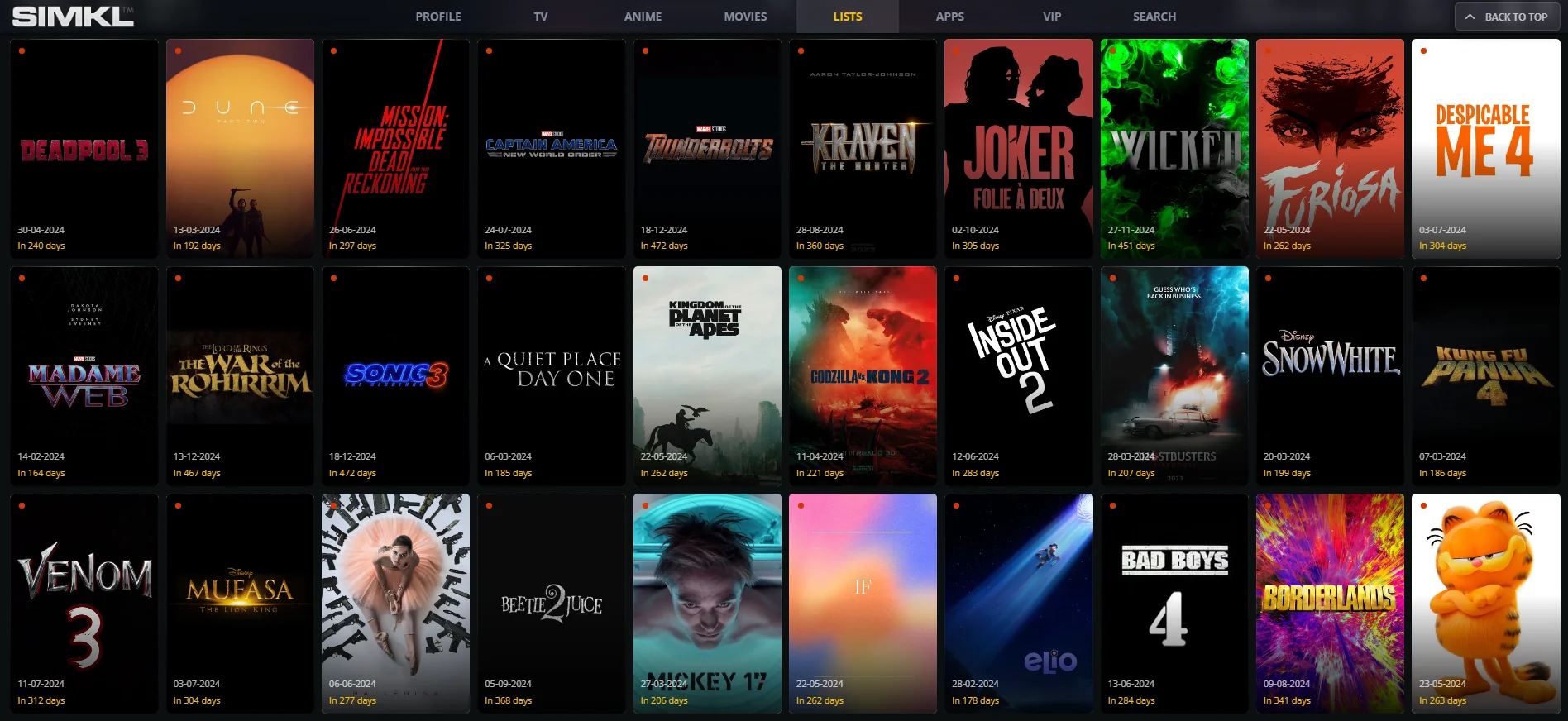Introduction
Fiber optic cables have revolutionized the telecommunications industry by providing faster, more reliable data transmission over long distances. As the demand for high-speed internet, cloud computing, and data services continues to grow, the global need for fiber optic cables is at an all-time high. A Fiber Optic Cable Manufacturing Plant Project Report provides a detailed analysis of the steps required to establish a production facility that manufactures fiber optic cables. This report is essential for investors, manufacturers, and entrepreneurs who are looking to enter the fiber optics market or expand their existing operations.
In this article, we will explore the market potential, raw materials, manufacturing processes, required equipment, and financial projections involved in setting up a fiber optic cable manufacturing plant.
Market Overview
The fiber optic cable industry is expanding rapidly, driven by the increasing demand for high-speed data transmission, internet connectivity, and the growth of technologies such as 5G, IoT (Internet of Things), and smart cities. Fiber optic cables offer advantages over traditional copper cables, including higher bandwidth, faster transmission speeds, and lower signal loss.
Key Factors Driving Market Growth:
- Growing Demand for Internet Connectivity: With the widespread use of digital devices and cloud computing, the need for reliable and high-speed internet services has grown significantly.
- Deployment of 5G Networks: As countries and telecom operators roll out 5G networks, the demand for fiber optic cables for backhaul infrastructure and data transmission increases.
- Expansion of Data Centers: The growing need for data storage and processing has led to the construction of more data centers, which rely on fiber optic cables for high-speed connectivity.
- Government Initiatives and Investments: Governments worldwide are investing in fiber optic infrastructure to improve broadband access, particularly in underserved regions.
The global market for fiber optic cables is expected to continue growing as these technologies evolve and demand for high-speed connectivity increases.
Get a Free Sample Report with Table of Contents@
https://www.expertmarketresearch.com/prefeasibility-reports/fiber-optic-cable-manufacturing-plant-project-report/requestsample
Raw Materials
The manufacturing of fiber optic cables involves a range of specialized raw materials. These materials are essential for producing cables that offer high performance, durability, and reliability in various applications. Key raw materials include:
1. Glass Fibers
The core of a fiber optic cable consists of ultra-thin strands of glass, often referred to as optical fibers. The quality of glass used in manufacturing optical fibers is critical for ensuring high signal transmission speeds and low attenuation. The glass used in fiber optics is typically a type of silica, which has excellent light transmission properties.
2. Plastic Coating
To protect the glass fibers from physical damage and environmental factors, each fiber is coated with a protective layer made from polymer materials. This plastic coating ensures that the fiber optic cable remains intact during installation and use.
3. Aramid Yarn (Kevlar)
Aramid yarn, commonly known by the brand name Kevlar, is used for reinforcing the fiber optic cable. It provides strength and durability, preventing the cable from being easily damaged due to tensile stress. This reinforcement is particularly important in cables used in outdoor or industrial applications.
4. Cable Sheathing Materials
The outer sheathing of fiber optic cables is typically made from materials such as PVC, polyethylene, or other durable polymers. These materials provide protection from environmental conditions such as moisture, chemicals, and temperature fluctuations. The choice of sheathing material depends on the specific application of the cable (e.g., indoor vs. outdoor use).
5. Color Coding and Marking Materials
Fiber optic cables often include color-coded markers for easier identification and installation. These markers are made from specialized dyes or pigments that are safe for use in cable construction.
6. Other Materials
Additional components such as bonding agents, lubricants, and water-blocking agents may also be used to enhance the cable’s durability and performance, particularly in outdoor or submersible cables.
Manufacturing Process
The production of fiber optic cables is a multi-step process that involves precise control and advanced technology. Below are the major steps involved in the manufacturing process:
1. Glass Fiber Drawing
The process starts with the drawing of optical fibers from glass rods. High-purity silica is heated to high temperatures until it melts and is drawn into thin fibers. The fibers are drawn to a specific diameter, often less than the thickness of a human hair. The quality of the drawn fiber is critical, as even the slightest imperfection can affect the cable’s performance.
2. Coating
Once the glass fiber is drawn, it is coated with a layer of protective polymer. This step involves passing the fiber through a coating bath, where a thin layer of polymer material is applied. The coating protects the fiber from mechanical damage, moisture, and other environmental factors that could cause degradation.
3. Curing
The coated fiber undergoes a curing process, where heat is applied to harden the polymer coating. This ensures that the coating adheres to the glass fiber and provides long-term protection.
4. Bundling
After curing, multiple fibers are bundled together to form a fiber optic cable. The fibers are aligned precisely in the cable, ensuring that they can transmit signals effectively. The fibers are arranged in a pattern (such as a central core with additional layers) depending on the desired cable construction.
5. Reinforcement
To provide strength and prevent the cable from being easily damaged, reinforcement materials such as aramid yarn (Kevlar) are added around the fiber bundle. This reinforcement ensures that the cable can withstand tensile stress during installation and use.
6. Cable Sheathing
The next step involves applying an outer protective sheath around the cable. This sheath is typically made from durable polymer materials, such as PVC or polyethylene, and provides protection from environmental factors such as moisture, UV light, and chemicals.
7. Testing
Each fiber optic cable is subjected to rigorous testing to ensure it meets quality standards. This includes testing for optical performance, such as attenuation (signal loss) and bandwidth. Additionally, mechanical tests like tensile strength and flexibility are conducted to ensure the cable can withstand physical stress.
8. Spooling
Once the cable has passed all tests, it is wound onto large spools for transportation and installation. The cable is carefully wound to prevent damage and ensure ease of handling during deployment.
Machinery and Equipment
The production of fiber optic cables requires specialized machinery and equipment to ensure high precision and quality. The main equipment used in the manufacturing process includes:
1. Fiber Drawing Towers
These machines are used to draw the glass fibers from silica rods. They control the temperature and speed of the drawing process, ensuring that the fibers have the correct diameter and quality.
2. Coating Machines
Coating machines apply the protective polymer layer to the drawn fibers. These machines ensure that the coating is applied evenly and at the correct thickness.
3. Curing Ovens
Curing ovens are used to heat the coated fibers and harden the protective polymer layer. The temperature and duration of curing are carefully controlled to ensure proper bonding.
4. Bundling Machines
Bundling machines arrange the individual fibers into the desired cable configuration. They are capable of handling multiple fibers simultaneously and ensure that they are aligned properly.
5. Stranding Machines
Stranding machines are used to add reinforcement materials, such as aramid yarn, around the fiber bundle. This process strengthens the cable and prevents it from being easily damaged.
6. Extrusion Lines
Extrusion lines apply the final outer sheath to the cable. The extruder heats and forms the polymer material, which is then applied to the cable and cooled to harden.
7. Testing Equipment
Optical testing equipment is used to measure parameters like signal loss (attenuation), bandwidth, and fiber quality. Mechanical testing equipment is used to assess the tensile strength, flexibility, and durability of the finished cables.
8. Spooling Machines
Spooling machines wind the finished fiber optic cables onto spools. These machines ensure that the cables are wound tightly and evenly, ready for transportation and installation.
Plant Layout and Design
A well-designed plant layout is critical for optimizing production efficiency and ensuring a smooth workflow. Key considerations for the design of a fiber optic cable manufacturing plant include:
1. Clean Environment
The manufacturing of fiber optic cables requires a clean environment to prevent contamination of the delicate glass fibers. Clean rooms and air filtration systems are necessary to maintain a dust-free atmosphere.
2. Production Line Layout
The production line should be designed to minimize the distance between key stages of the manufacturing process, such as fiber drawing, coating, bundling, and sheathing. This ensures smooth material flow and reduces the risk of bottlenecks.
3. Storage Areas
Storage areas for raw materials (e.g., silica rods, polymer coatings, aramid yarn) and finished products (e.g., spools of fiber optic cables) should be organized and climate-controlled, especially for sensitive materials.
4. Quality Control Labs
A dedicated quality control laboratory is essential for testing raw materials, intermediate products, and finished cables to ensure compliance with industry standards.
5. Safety Measures
Fiber optic cable manufacturing involves high-temperature processes and specialized chemicals. Safety measures, such as fire suppression systems, emergency exits, and personal protective equipment (PPE), are essential to protect workers and the facility.
Financial Projections and Cost Estimation
The establishment of a fiber optic cable manufacturing plant involves significant capital investment. Key financial components include:
- Capital Expenditure (CAPEX): Includes costs for land, machinery, equipment, construction, and facility setup.
- Operational Expenditure (OPEX): Includes costs for raw materials, labor, energy, and maintenance.
- Revenue Generation: Revenue will come from the sale of fiber optic cables to telecom companies, data centers, contractors, and other industries.
A detailed financial plan, including cost analysis and ROI projections, is necessary to assess the plant's profitability and viability.
Regulatory and Legal Considerations
Establishing a fiber optic cable manufacturing plant requires compliance with various regulatory requirements, including:
- Industry Standards: Compliance with international standards for fiber optic cables, such as ISO and ITU standards, is essential for ensuring product quality and safety.
- Environmental Regulations: The plant must comply with environmental regulations regarding waste disposal, emissions, and resource usage.
- Health and Safety Regulations: Ensuring a safe working environment for employees is critical, and adherence to workplace safety regulations must be followed.


















